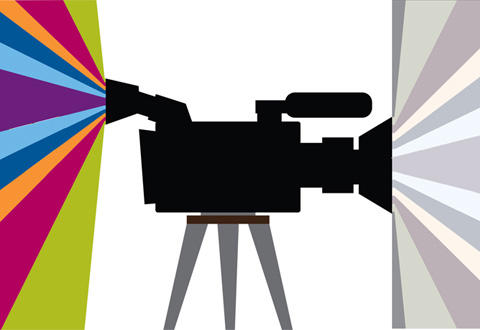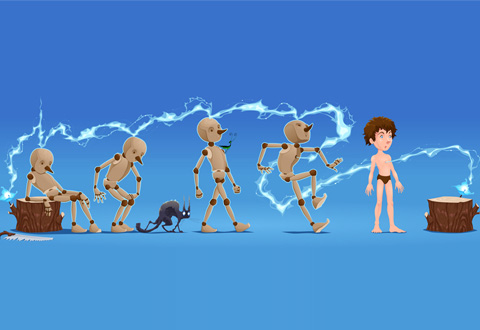For most individuals and businesses, videos are undoubtedly a core element in using the internet and other digital platforms. It is important that you understand the legal rules for copyrighting videos. This blog post will provide some basic guidance about video copyrights, fair use and creative commons.
What Is Copyright and What Does It Cover?
When an original work is created in a physical medium, the person automatically owns the copyright to that work. In specific ways, this provides the copyright owner with an exclusive right to use the work.
In addition to protecting the owner, video copyright laws also provide appropriate incentives that allow sharing content and access for everyone on multiple platforms. These are the primary types of creative work that are covered by copyright laws:
- Dramatic Works — such as musicals and plays
- Computer Software and Video Games
- Musical Compositions and Sound Recordings
- Audiovisual Works — such as online videos, movies and television shows
Why Copyright Your Video?
Copyrighting is a form of intellectual property law that is designed to protect authorship of original works. The copyright owner enjoys several valuable rights — using, reproducing and selling copies; creating derivative works; transmitting work via other mediums; and selling or passing rights to another person.
Even though copyright laws have applied to video works for many years, nonprofessional videos were rarely distributed broadly — and the importance of copyright protection was often ignored or overlooked. With more widespread distribution of online videos via YouTube and individual websites, a video copyright owner can no longer afford to ignore the practical benefits afforded by copyright law protection.
How to Copyright Your Video
Your video is copyrighted as soon as it is created and fixed in a copy such as online or on a DVD. In the United States, all elements of the video are protected by one copyright. According to the U.S. Copyright Office, you should place a statement of copyright ownership on or near the title screen — use either the word copyright or the symbol. Additionally, the copyright ownership statement should be included on any video package.
To handle the details of a copyright statement, it is prudent to work with video experts such as Video Caddy. However, you should also plan on talking to local legal experts that are experienced in copyright laws in the United States or other countries where your video will be distributed. The copyright laws are frequently addressed in multiple pieces of legislation — in the U.S., the Copyright Act of 1976, the Piracy and Counterfeiting Amendments Act of 1982 and the Digital Millennium Act of 1998 are just three examples of how complicated video copyright protection can be.
Copyright and the Internet
Material (such as online videos) found on the internet is subject to copyright protection. Licenses such as Creative Commons are a popular way to govern how online images and videos are legally distributed. Always check for licensing restrictions if you want to make or distribute copies of work that you find online — when there is no license, don’t use the work until the copyright owner gives you permission.
What Is Fair Use?
Usage that is covered under the concept of “Fair Use” (also called fair practice and fair dealing) can allow reuse of copyright-protected material without the copyright owner’s permission in some specific circumstances — for example, as part of news reporting in many cases. The “Fair Use” rules differ widely from one country to another. This can be an extremely complex part of copyright law, and legal expertise is advisable.
What Is Creative Commons?
A Creative Commons (CC) license allows creative works to be distributed on a limited basis without sacrificing the copyright owner’s legal protections. This license is not designed to be a “how to get around copyright” strategy — in fact, it is firmly built upon the underlying foundation of a copyright. For videos, it generally establishes a framework for someone using a video in a non-commercial way so that a Creative Commons license-holder cannot receive compensation. Always read the complete license terms to see what kind of uses are permitted.
What Cannot Be Copyrighted?
Some things cannot be copyrighted — processes, facts, ideas, names and titles are five examples that are not subject to copyright protection. This is why multiple books and movies can legally have the same title. But copyrighting is also not your only form of legal protection. In addition to copyrights, you should review whether trademarks and patents are relevant to your legal strategy.
Video Caddy would be honored to help you integrate a better level of copyright protection into your video production activities. To share your thoughts, please leave a comment below or use the social media buttons to pass this article along to friends and colleagues.
– VideoCaddy








